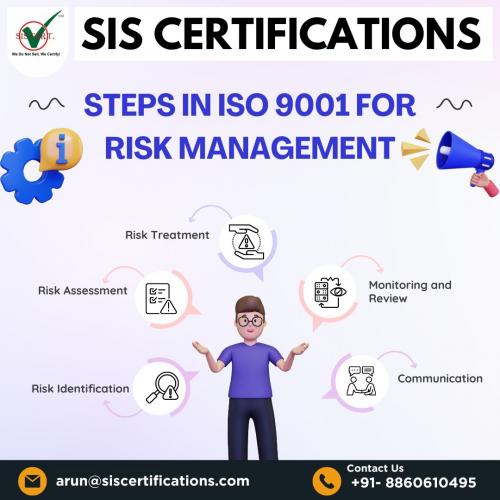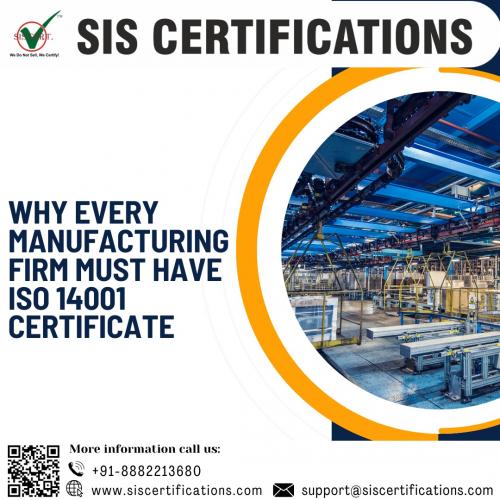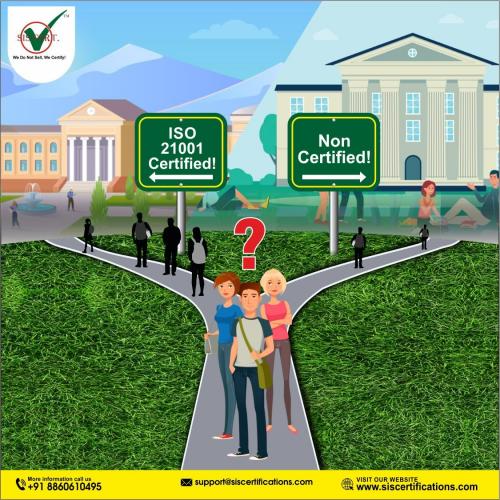How ISO 9001 helps in risk management

ISO 9001, the international standard for Quality Management Systems (QMS), offers a comprehensive framework that can significantly aid in risk management for organizations. Here’s how it helps:
1. Risk-Based Thinking
ISO 9001 emphasizes a proactive approach through risk-based thinking, which involves:
- Identifying potential risks and opportunities.
- Integrating risk management into the organization’s processes.
- Continuously monitoring and reviewing risks to ensure they are managed effectively.
2. Structured Approach to Risk Management
The standard provides a structured approach to manage risks, ensuring that:
- Risks are identified systematically across all areas of the organization.
- Risks are evaluated based on their potential impact and likelihood.
- Appropriate actions are taken to mitigate or eliminate risks.
3. Improved Decision Making
By emphasizing data-driven decision-making, ISO 9001 certification helps organizations:
- Base decisions on accurate data and thorough analysis.
- Reduce uncertainty by using factual information.
- Improve consistency and reliability in decision-making processes.
4. Enhanced Process Control
ISO 9001 requires the establishment of clear processes, which aids in:
- Identifying points where risks can occur within processes.
- Implementing controls to prevent or mitigate risks.
- Ensuring processes are consistently followed and improved over time.
5. Continuous Improvement
The Plan-Do-Check-Act (PDCA) cycle, a core component of ISO 9001, promotes continuous improvement, which helps in:
- Regularly reviewing and updating risk management practices.
- Learning from past incidents and near-misses to prevent future occurrences.
- Adapting to changes in the internal and external environment.
6. Enhanced Communication and Awareness
ISO 9001 stresses the importance of communication, which includes:
- Ensuring that all employees are aware of the risks associated with their activities.
- Promoting a culture of risk awareness throughout the organization.
- Facilitating better communication channels for reporting and addressing risks.
7. Documentation and Traceability
The standard requires thorough documentation, which assists in:
- Keeping detailed records of identified risks and the measures taken to manage them.
- Providing traceability for audits and reviews.
- Ensuring accountability and transparency in risk management activities.
8. Compliance and Legal Requirements
ISO 9001 helps organizations to comply with legal and regulatory requirements by:
- Identifying and managing compliance-related risks.
- Implementing processes to regularly review and update compliance obligations.
- Avoiding potential legal penalties and enhancing the organization’s reputation.
9. Customer Satisfaction and Trust
By effectively managing risks, organizations can:
- Improve product and service quality.
- Enhance customer satisfaction and trust.
- Reduce the likelihood of product recalls or failures that can harm the organization's reputation.
Practical Steps in ISO 9001 for Risk Management
Risk Identification: Identify risks through SWOT analysis, brainstorming sessions, and reviewing past incidents.
Risk Assessment: Evaluate the significance of risks using qualitative or quantitative methods.
Risk Treatment: Decide on appropriate actions such as avoiding, transferring, mitigating, or accepting risks.
Monitoring and Review: Regularly review risks and the effectiveness of risk management actions.
Communication: Ensure ongoing communication about risks and risk management practices within the organization.
By integrating these practices into the QMS, ISO 9001 helps organizations create a robust framework for managing risks, thereby enhancing their ability to achieve objectives and improve overall performance.




Comments